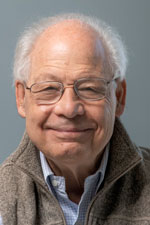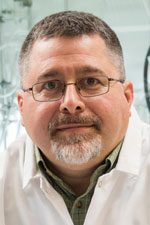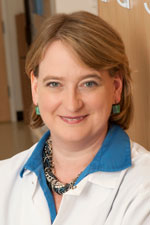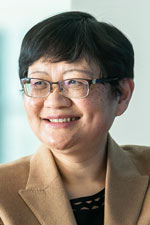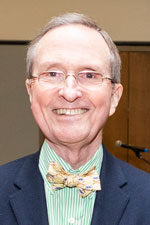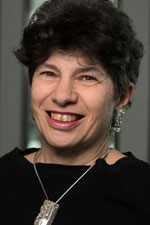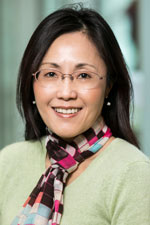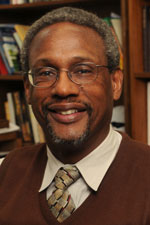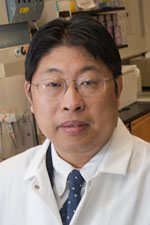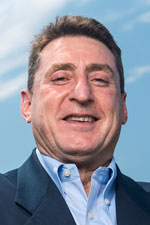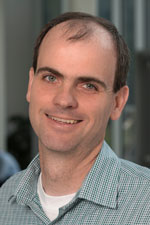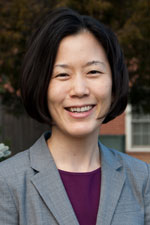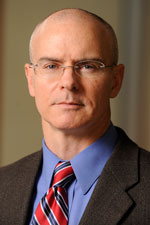ĚČăĐ╩ËĂÁ conducts research that goes beyond the desire to know and understand; we want to make a difference. Research is vital to expanding our knowledge, sparking new ideas, and developing innovative techniques that have an impact on society, the economy, and the environment. ItÔÇÖs a critical part of the universityÔÇÖs purpose and mission.╠řMasonÔÇÖs research expenditures grew by 55% between 2017 and 2022, driving discovery and the creation of new knowledge to meet the toughest current and future challenges and creating opportunities yet to be imagined.
Varied Fields Work Together to Find All-Encompassing Solutions
Mason encourages the creation of multidisciplinary teams.╠řWe know researchers in different disciplines can collaborate to find solutions more quickly, and open pathways to other possibilities.╠řThe university leverages the power of these collaborations in╠řsuch areas as:
-
░Ň│ˇ▒╠ř╠řtakes a multidisciplinary approach to develop technologies to predict, prevent, treat and eradicate disease and improve care.
-
░Ň│ˇ▒╠ř╠řconducts integrative research in the natural, social, computational, and data sciences, engineering, and humanities.
-
░Ň│ˇ▒╠ř╠řwill incubate new digital products and services. IDIA will be in a new 400,000-square-foot facility at the Arlington Campus.
-
░Ň│ˇ▒╠ř╠řunites scientists, engineers, and health care professionals to research ways to improve the quality of life of people with disabilities.
-
░Ň│ˇ▒╠ř╠řphysicists, engineers, and data scientists use artificial intelligence and machine learning to design new quantum materials.
-
░Ň│ˇ▒╠ř╠řequips investigators with state-of-the-art expertise, methods, tools, and technologies to combat transnational crime.
-
The works to restructure and optimize reciprocal relationships between humans and assistive computing systems.
-
The aims to help communities with rebuilding, as well as with preparations to prevent damage.
-
The fosters innovative, consequential research in the humanities and humanities-related disciplines, promotes the humanities' value as a public good, and enhances the work's visibility and impact.
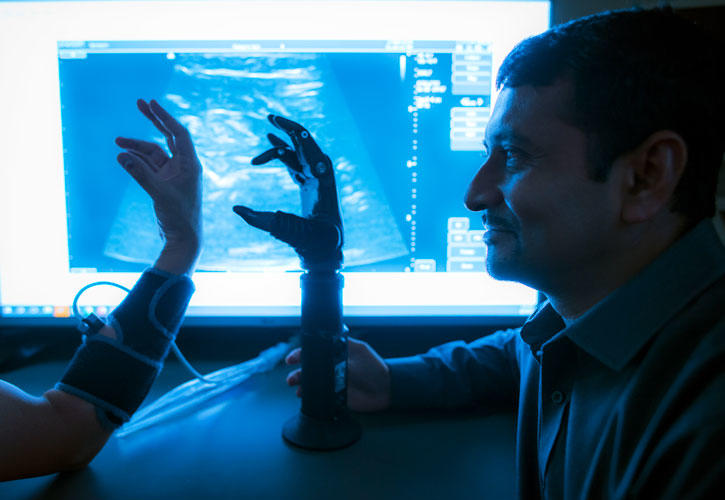
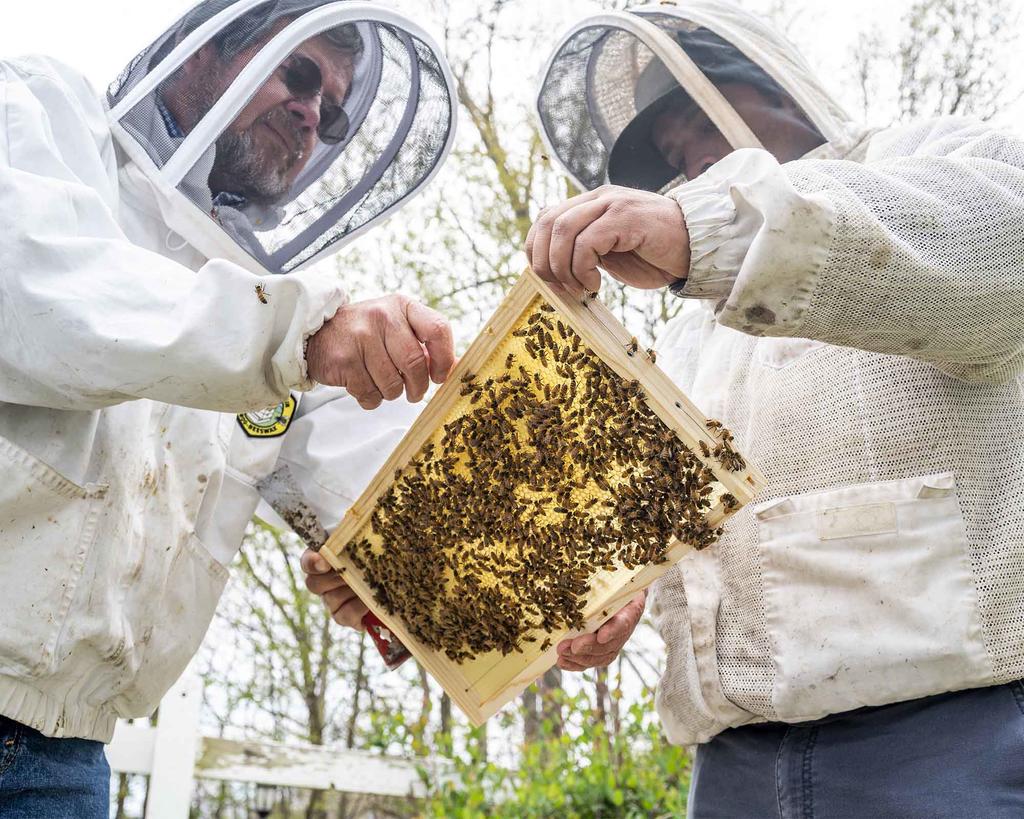
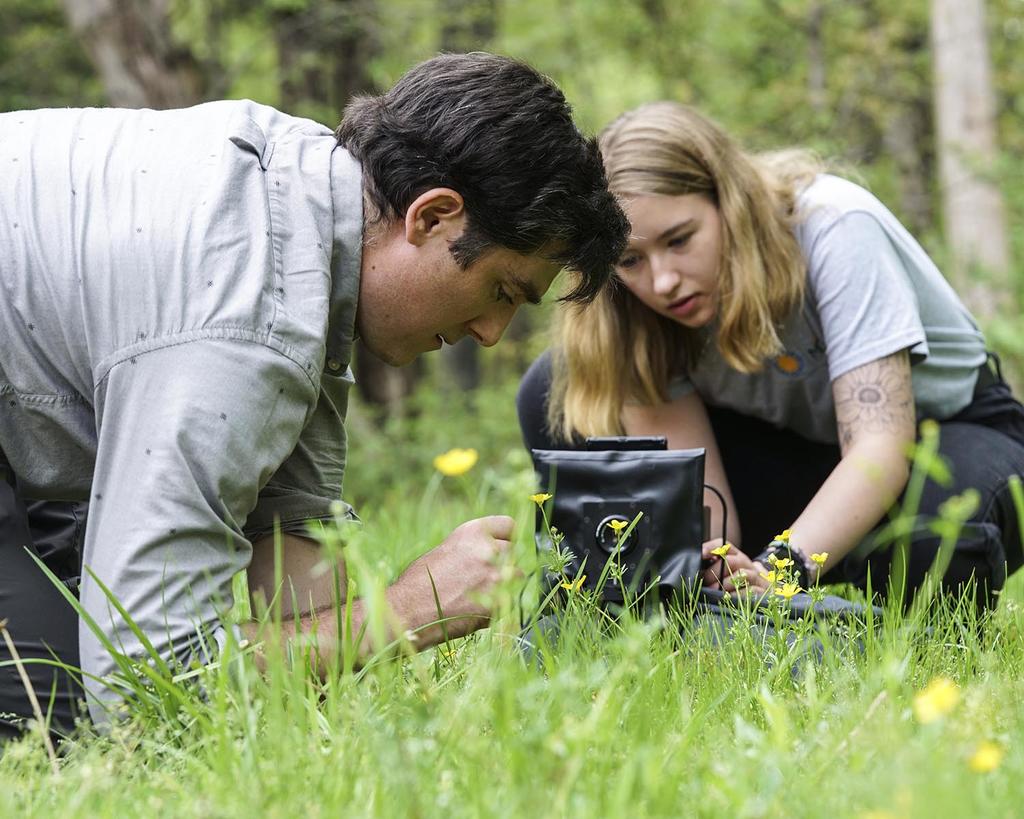

Nationally Recognized Experts Lead Cutting-Edge Research
Mason is╠řadvancing knowledge across all disciplines. Our researchers' discoveries change lives and change the world. Some examples:
Detecting and Fighting COVID-19
╠ř
, co-director,╠řco-founder╠řand╠řmedical director╠řof the╠ř╠ř(CAPMM) within MasonÔÇÖs╠ř,╠řand his colleagues are╠řusing an improved COVID-19 antibody test developed╠řas part of a Mason clinical╠řstudy╠řto╠řmeasure╠řthe bodyÔÇÖs response to a vaccine.╠řTheir study of COVID-19 antibodies in previously infected people reveals the human immune systemÔÇÖs strong ability to fight the virus, even if they showed minimal or no symptoms. Based on months of╠řstudy╠řof patients who were naturally infected, Liotta and his team were able to verify that patientsÔÇÖ antibodies lasted longer than initially first believed and that they╠řpotentially╠řhelped prevent those patients from getting sick again.╠ř
Komodo Dragon Blood Could Hold Key to Cures
╠ř
╠ř
╠řand╠ř╠řcreated a new way to kill antibiotic-resistant bacteria while spurring the bodyÔÇÖs cells to heal cuts faster by researching the germ-fighting abilities of╠ř.╠ř░Ň│ˇ▒╠ř╠ř(DTRA), a federal body, funded the work through a $7.57 million contract. The study's goals were to discover new bacterial infection-defeating compounds in the blood of Komodo dragons and the crocodilian family of reptiles, which includes American alligators. These reptiles eat carrion and live in bacteria-rich environments but rarely fall ill, suggesting they have strong innate immunity. ░Ň│ˇ▒╠ř╠řin the╠ř-partner journal╠ř. In August 2019, they╠řand their collaborators╠ř, revealing multiple clusters of antimicrobial peptide genes that could prove instrumental in the╠ř.
Improving the Design of Ships
╠ř
, a professor of computational fluid dynamics in the╠ř, leads a research group that has developed a computational tool, SimDShip, to accomplish innovative, simulation-based design of ship hull forms. By enabling hydrodynamic optimization at early stages of ship design, SimDShip allows researchers to efficiently explore and evaluate a wide range of novel hull forms, ultimately shortening the design cycle and saving fuel consumption costs. Designing ships with high energy efficiency is economically desirable because ships that require less power consume less fuel, or they can sail at a faster operating speed with the same fuel consumption. SimDShip, funded by a three-year, $600,000 grant from the U.S. Office of Naval Research (ONR), ╠řwill be incorporated into the Integrated Hydrodynamics Design Environment (IHDE) within the U.S. NavyÔÇÖs CREATE-Ships Project.
Getting Guidance from 'Godfather of Biodiversity'
Thomas Lovejoy, "the Godfather of Biodiversity," is a professor in the Environmental Science and Policy Department. ░Ň│ˇ▒╠ř╠řhouses the╠ř, and Lovejoy also serves as scientific director of Mason's╠ř.╠řBefore coming to Mason, he held the biodiversity chair at the Heinz Center for Science, Economics and the Environment and was president from 2002 to 2008. In 2016, he was selected as a . A trip to the Amazon influenced him to establish a conservation program at the World Wildlife Fund-U.S., which he led from 1973 to 1987. He is founder of the public television series╠ř.╠ř In 2009, he was appointed conservation fellow by the╠ř. He has also served on the science and environmental councils under Presidents Ronald Reagan, George H.W. Bush, and Bill Clinton, and he currently serves as senior fellow at the United Nations Foundation.╠řIn September 2019, Virginia Gov. Ralph Northam recognized Lovejoy's work with the╠ř
╠ř
Fighting Crime Across International Borders
╠ř
╠ř
, director of the╠ř╠ř(TraCCC), and╠ř, director of research within the╠ř, lead multidisciplinary research teams investigating and disrupting╠řillicit supply networks.╠řTraCCC is the first center in the nation devoted to understanding the links among terrorism, transnational crime, and corruption. The center and its international research partners study: human smuggling and trafficking; nuclear proliferation issues; the links between crime and terrorism; money laundering and other financial crimes; the impact of organized crime and terrorism on legitimate business; and environmental crimes.
╠ř
Leading a Division of the Smithsonian
╠ř
╠řworked behind the scenes as a guest curator for six years to bring╠řat the╠ř╠řto life, and in June 2019, he╠ř was named╠ř. He created one of the three history exhibitions for the facility, all of which chronologically tell the story of blacks in the United States ÔÇö from the Middle Passage to the election of former President Barack Obama. Crew became a guest curator for the museum largely because of his past experience as a curator, historian, and director at the╠ř. He created an exhibit about African American migration called╠ř╠řwhich was displayed for more than 20 years. His part of the exhibit at the African American History and Culture museum,covers the post-Reconstruction period to the assassination of the Rev. Dr. Martin Luther King Jr.
╠ř
Studying T-Cells to Target HIV
╠ř
's is the lead scientist on a research team that helped identify a T cell marker that could help lead to╠řpatients.╠řThe research focuses on cofilin, a protein that regulates cells to fight infection. In an HIV-infected patient, cofilin dysfunction is a key factor in helper T cell defects, according to the╠řin the journal╠ř. Helper T cells augment the bodyÔÇÖs immune response by recognizing the presence of a foreign antigen, then helping the immune system mount a response. Wu and his team found that patients with HIV have ÔÇťsignificantly lowerÔÇŁ levels of cofilin phosphorylation than healthy patients. Their findings suggest that a lasting immune control to HIV isnÔÇÖt likely to come from antiretroviral therapy alone.
Increasing Flight Safety
░Ň│ˇ▒╠ř╠řreceived two grants from╠řto study╠řa. The grants have led to the research and creation of technology that would advise pilots of potential accident situations.╠ř, director of the center, and╠ř╠řare the primary investigators. The team developed technology that uses machine-learning algorithms to process massive amounts of flight and weather data collected about anomalies that occur during flights across the country. These data are then used to create tips or advisories for pilots to prevent them from encountering potential accident scenarios. The team is also applying these ideas to autonomous vehicles.
╠ř
╠ř
╠ř
Developing Technology for More Effective Police Work
╠ř
╠ř
and╠ř╠řconduct research in such areas as technology, evidence-based crime policy, translational criminology, and assessing╠řfederal agencies' security efforts. They developed the╠ř(with PhD student╠řCody Telep) and the╠ř, tools to help police incorporate research into their strategic and tactical skills. The Matrix organizes moderate to very rigorous evaluations of police interventions visually, allowing agencies and researchers to view the field of research in this area. It's updated with╠řall qualifying studies╠řeach year. Drs. Lum and Koper have also written a book about their work,╠ř, published by╠ř.╠řOn Sept. 17, 2019, Drs. Lum and Koper led the╠ř╠řpresentation,╠řÔÇťCountering Mass Shootings in the United States,ÔÇŁ to╠ř.
╠ř
╠ř
╠ř

